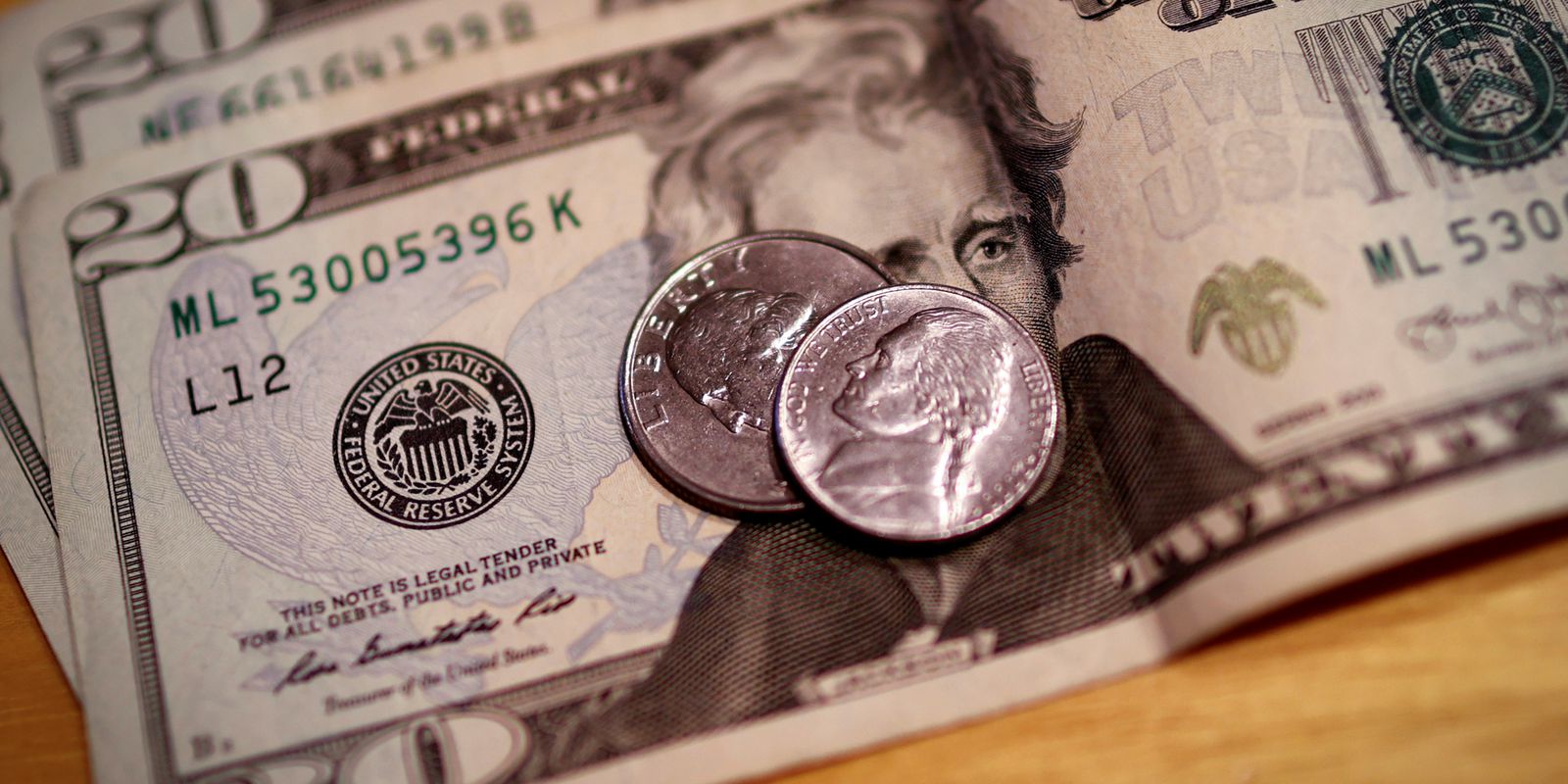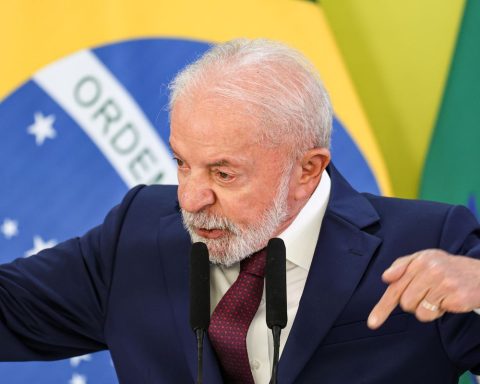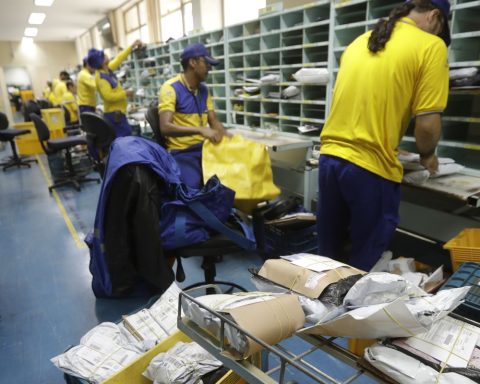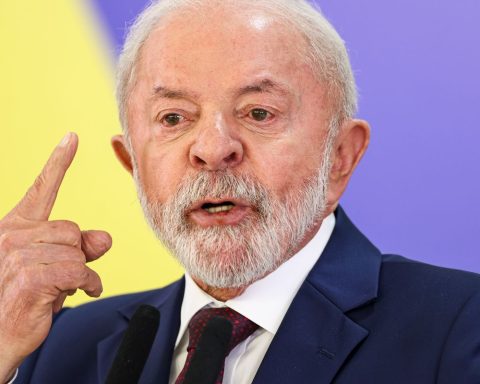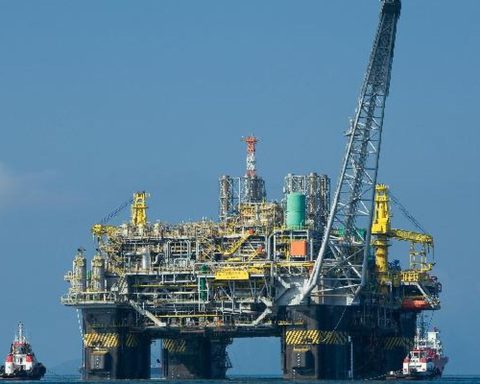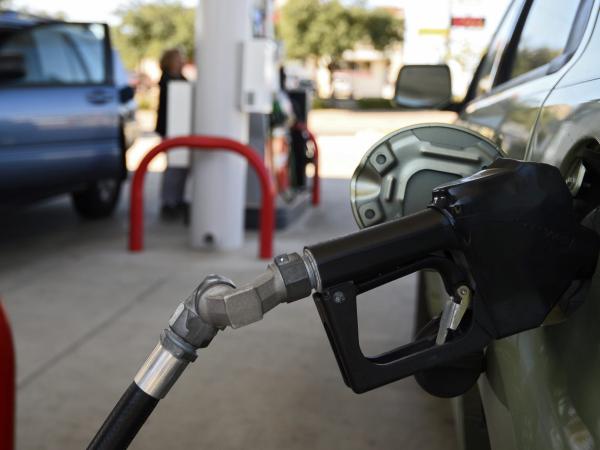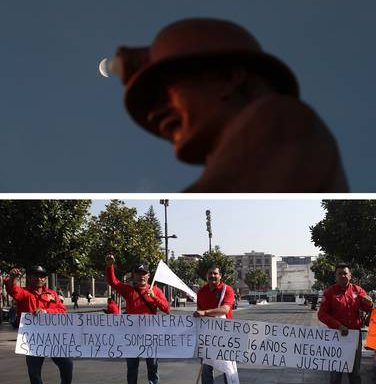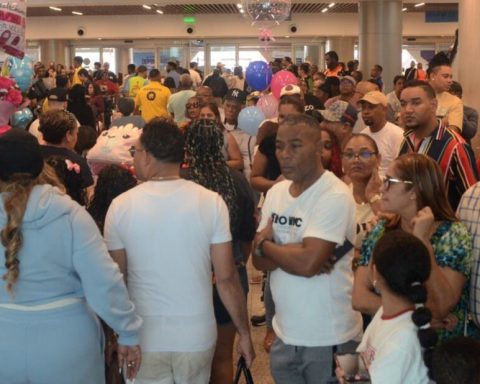On a day of improvement in the external scenario, the dollar dropped to close to R$5, and the stock exchange interrupted a sequence of eight falls. The decision of the Federal Reserve (Fed, US Central Bank) to increase the basic interest rates in the United States at a faster pace than expected was well received by international investors, causing relief across the planet.
The commercial dollar closed this Wednesday (15) sold at R$ 5.026, with a decrease of R$ 0.108 (-2.11%). The currency operated close to R$5.10 for most of the day, but collapsed after the announcement of the Fed’s decision to raise basic interest rates in the United States by 0.75 percentage point, to a band between 1.5% and 1 .75% per year.
With today’s performance, the US currency accumulates a high of 5.74% in June. In 2022, the currency drops 9.86%. This was the dollar’s first retreat after seven straight highs.
The day was also positive in the stock market. The B3 Ibovespa index closed at 102,807 points, up 0.73%. The indicator operated with gains throughout the day, but consolidated the uptrend after the announcement of US base rates. Despite today’s high, the Brazilian stock market has accumulated a drop of 7.67% in the month, after days of tension around US interest rates.
The 0.75-point rise in US interest rates represented the biggest single increase since 1994. According to Fed President Jerome Powell, inflation in the United States, which is at its highest level in 41 years, surprised and justified the rate hike.
Usually, higher interest rates in advanced economies encourage the flight of resources from emerging countries, such as Brazil. However, the market understood that today’s increase was “priced in” (embedded in the prices of financial assets), which led to a bullish movement in stock markets and a fall in the dollar across the planet.
In Brazil, it was also the day of the Central Bank meeting. The Monetary Policy Committee (Copom) raised the Selic rate – the economy’s basic interest rate – by 0.5 point, to 13.25% per year, as projected by financial institutions. The rise in Brazilian interest rates helps to contain capital flight and to insure the dollar’s value against the real.
*With information from Reuters
